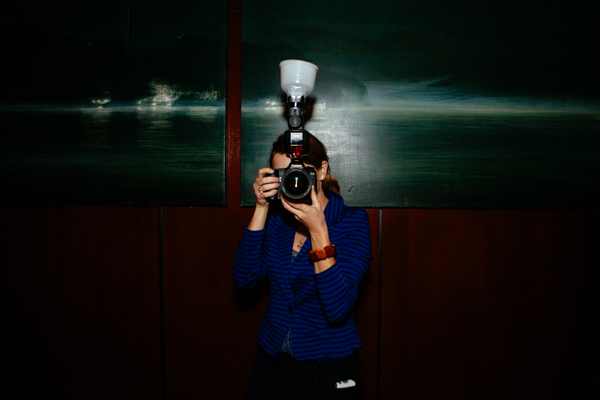TTL, or Through the Lens, is a system for determining the correct exposure for a photograph when using a flash.
When your flash is set to TTL mode, and either on the camera or controlled with a TTL device, it is automatically controlled by the camera and responds to calculations of exposure with more or less light. This is great technology for photography, especially beginners who aren’t sure where to start with flash and for photojournalists who might not have time to get the settings just right without missing their shot.
Many times, the camera’s best guess is very good. Other times it is not, and that is why learning how TTL works is helpful.

Factors that affect exposure
As we have learned in other posts, there are a few factors that affect how light or dark a photograph appears and if our exposure is correct:
- Shutter speed
- Aperture
- ISO
- Ambient light
- Artificial (flash) light — both intensity and distance
You can choose to set none of these and let the camera decide for you, or choose one or more and let the camera compensate by adjusting the others. For example, if you have your shutter speed set to f/4 and your ISO set to 400, the camera may determine that your shutter speed is going to be 1/60 and the total exposure is still two stops dark, including the ambient light. Those two stops will be compensated for by a certain intensity of flash calculated by the camera. The intensity of the flash will hinge on how far it needs to throw the light. Pretty cool, huh?
In the equation that is correct exposure, the end value does not change. So in the example above, if you keep f/4 and 1/60 sec, but change your ISO to 200, the flash will emit half the light (just one stop), so the overall exposure will remain the same. Similarly, you can change the settings to be f/2.8 (one stop brighter), 1/60 sec, ISO 200 and the flash intensity will be even less, just a half of a stop.
How the camera calculates
Depending on your metering mode, the camera is trying to calculate an even exposure, so a perfect range of highlights and shadows, from light to dark. It is assessing how many light pixels and how many dark pixels and making sure that the numbers are pretty evenly weighed. In a situation where there is much more dark area than light area, the TTL system decides that the flash is going to fire. Based on the focusing distance, the flash can figure out how much power it needs to light a subject at that distance. The flash/camera combo can also calculate distance accounting for bounced light, so it’s pretty advanced.
Exposure compensation
Of course, sometimes we do not want our photographs to be completely even. Sometimes we want the shadow area to dominate the frame or the highlight area to be more prominent. The camera does not always accurately guess what we want our photo to look like. Thankfully, we can give some input to the TTL system by using the flash exposure compensation feature. This lets you adjust the amount of light coming from your flash, without adjusting any of the other settings. Usually this is a range of three stops above and three stops below the exposure chosen by the camera. So, if the camera can get pretty close to the right exposure, you can take care of the rest with a quick swipe of the flash exposure compensation.

Share tips, start a discussion or ask one of our experts or other students a question.
No Responses to “What is TTL?”